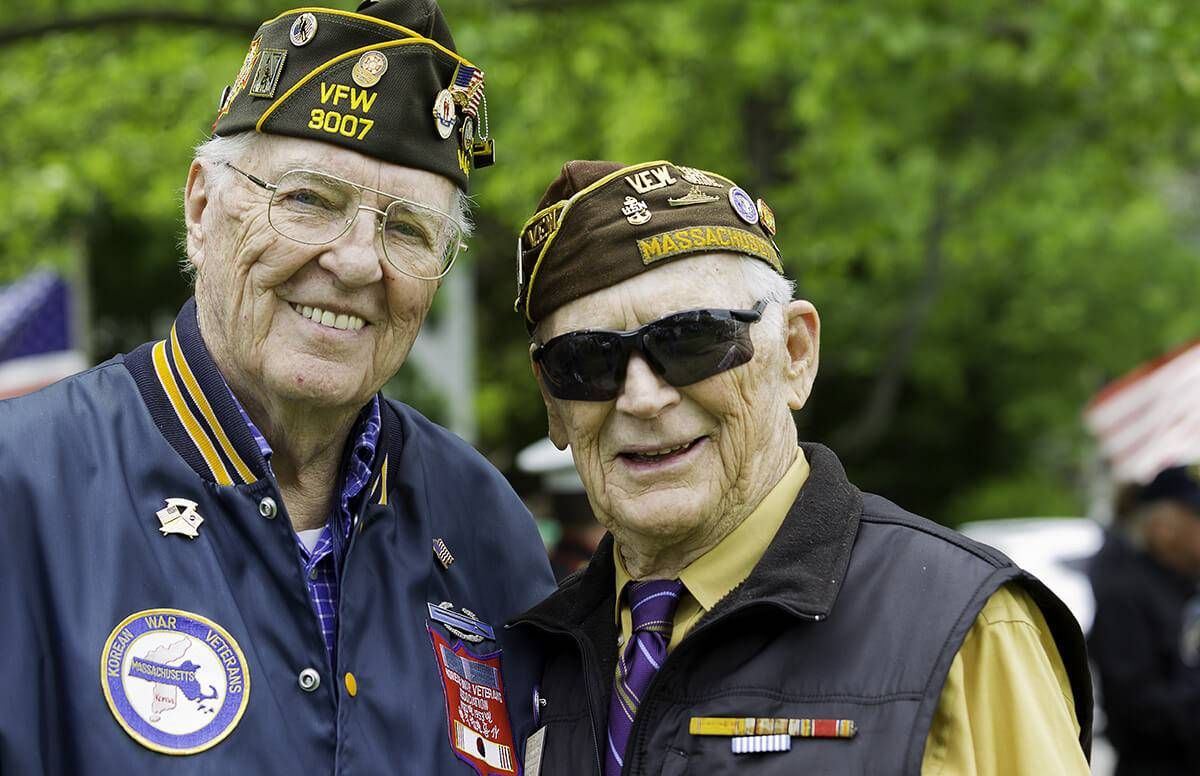The Long-Term Care Benefit Many Veterans Are Missing Out On
How to find out if you or your spouse qualify for it
When my mom’s dementia no longer made it possible for her to live alone, I began searching for an assisted living community. After I started working with an adviser from A Place for Mom — the senior-living referral service where I’m now a spokeswoman — I learned that my mother was eligible to receive Veterans Administration (VA) benefits that would help offset the costs of her care.

My mother had remarried a man who was a World War II veteran (my dad died in a tragic plane crash when I was 13). I had no idea that as the widow of a veteran there was this kind of financial assistance.
The Veterans Aid & Attendance Pensions Benefit
By the time I learned about the Veterans Aid & Attendance Pensions Benefit, my mom had already spent years in assisted living. She and I had no idea that the federal government guarantees veterans and their spouses some long-term care assistance.
When I finally found out about this program, I got to work immediately. I pulled together the necessary paperwork and sent in her application. But as life would have it, by the time my mom was accepted by the program, it was too late. She passed away just before her 95th birthday.
A Well-Earned Long-Term Care Benefit
In going through this process, I learned that, shockingly, only 5 percent of these assistance funds are even applied for, because people simply do not know about the program. And for that reason, as Veterans Day approaches, I want to spread the word to those Americans who could really use this well-earned long-term care benefit.
The Veterans Aid & Attendance Pension Benefit, or “A&A benefit,” provides up to $1,794 per month to a veteran, $1,153 to a surviving spouse or $2,127 to a couple. The money, which is tax-free, can be used for in-home care, board and care, an assisted living community or a private-pay nursing home.
This is helpful for many vets and their families because neither Medicare nor Medicaid pays for assisted living care. It’s kind of like a private nursing home insurance policy you haven’t had to pay into.
But like private insurance, there are certain qualifications you’ll have to meet before you can apply. (One of the best resources explaining the A&A benefit is VeteranAid.org, which provides a brief questionnaire to help you determine if you or your loved one can benefit from this program
How to Qualify
To qualify for the benefit, a veteran or spouse must meet requirements including:
Wartime service The veteran had to have served at least 90 days of active duty with at least one day during one of the specified wars. He or she must have had an honorary discharge.
Financial need This means assets of under $80,000 (excluding a home and a car). The VA takes into consideration “countable income” as part of assets, the veteran’s or spouse’s monthly income — including Social Security, pensions and IRAs — minus the costs of assisted living or in-home care.
Medical needs The veteran or spouse must need assistance with eating, bathing or dressing.
Experts say it takes six to eight months, on average to get approved; some applicants wait more than a year. But once the application is approved, it’s applied retroactively to the date of application.
On Veterans Day, it is my hope that all wartime veterans and their spouses can find a senior community where they can feel safe and happy in their later years and can get the financial assistance that they deserve from the Veterans Aid & Attendance Pensions Benefit program. And I would like to thank all veterans and their families for their service to our country.

